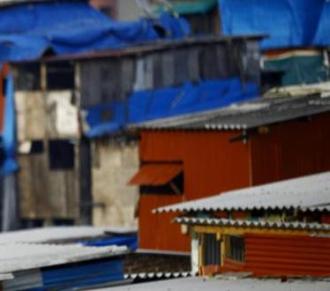Slum residents have better access to water, electricity than people in non-slum areas: report
 The number of slums in India has declined and residents of slums are enjoying better access to drinking water and electricity than those living in the urban non-slum areas, a fresh report on `Housing Stock, Amenities & Assets in Slums' says.
The number of slums in India has declined and residents of slums are enjoying better access to drinking water and electricity than those living in the urban non-slum areas, a fresh report on `Housing Stock, Amenities & Assets in Slums' says.
Based on Houselisting & Housing Census 2011, the report says that 74 per cent of slum residents have access to drinking (tap) water, and 92.7 per cent have access to electricity; while in urban areas only 70.6 per cent people have access to drinking water and 90.5 per cent have access to electricity.
The report also says that the number of slums in the country has dropped over the past years.
A. K. Mishra, Secretary at Union Ministry of Housing & Poverty Alleviation, said that all the 4,041 towns with municipalities were covered for the first time and only 2,542 were found having slums.
Speaking on the topic, he added, "Earlier we thought in towns like Mumbai half of the population lives in slums, but now we know the figure is close to 40 per cent. In million plus cities, we thought there is a large concentration of slums, but now we know it is a manageable 38 per cent."
Thirty-eight per cent of households are in slum areas in 46 cities that have populations of more than one million. The highest number of slum households (35.7 per cent) is in the state of Andhra Pradesh, followed by Chhattisgarh, Madhya Pradesh and Odisha, which have 31.9 per cent, 28.3 per cent, and 23.1 per cent, slum households, respectively.